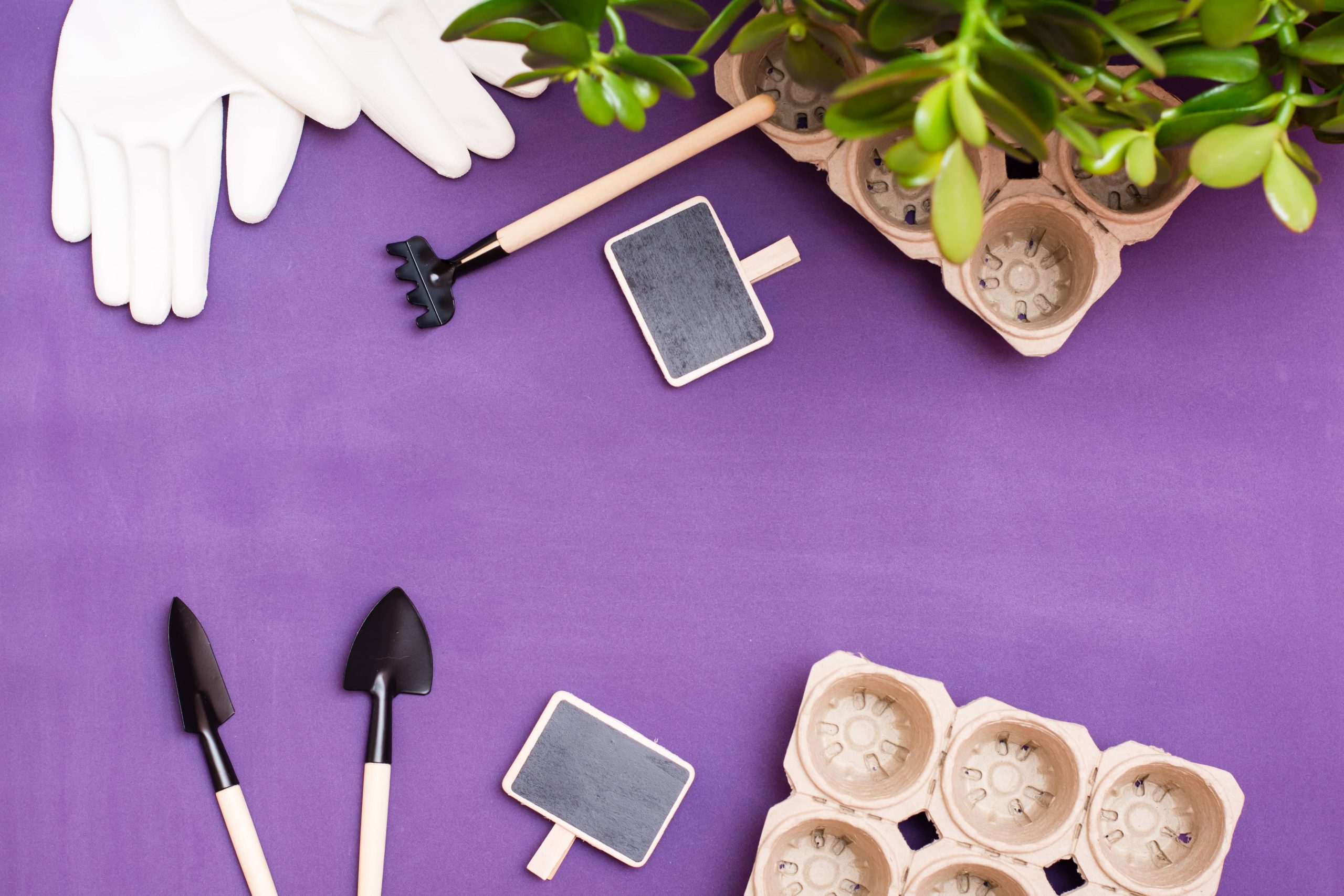
Updating your kitchen with a new backsplash is one of the most transformative home improvement projects you can undertake. Not only does it add aesthetic appeal and personality to your cooking space, but it also protects your walls from splashes and stains. One of the best things about this project is that it can be achieved by almost any DIY enthusiast with the right tools, materials, and mindset. In this blog post, I’ll walk you through the process of installing a kitchen backsplash, making it a smooth and enjoyable experience.
Why Install a Kitchen Backsplash?
Before we dive into the “how,” let’s briefly discuss the “why.” Adding a backsplash to your kitchen is a practical and stylistic upgrade. It protects your walls from water, grease, and food splatters, ensuring that maintenance and cleaning remain straightforward tasks. Beyond practicalities, the backsplash can also tie together the visual elements of your kitchen, adding color, texture, or pattern to your design.
Tools and Materials You’ll Need
Before starting, gather all of the essential tools and materials. Having everything at hand will make the process more efficient.
Tools:
– Tape measure
– Level
– Tile cutter or wet saw
– Trowel
– Grout float
– Sponge
– Bucket
– Tile spacers
– Painter’s tape
– Pencil
Materials:
– Tiles (ceramic, glass, or stone)
– Tile adhesive (thin-set mortar or tile mastic)
– Grout
– Sealer (if your tiles require it)
1. Measure and Plan
Start by measuring your kitchen wall area where you want to install the backsplash. Use your tape measure to determine the square footage. This will help you calculate how many tiles you’ll need. Always add an extra 10% to cover any cutting mistakes or unforeseen issues.
Next, plan your layout. Decide on your tile pattern and orientation. Popular options include horizontal, vertical, diagonal, or herringbone patterns. Planning is crucial to minimize tile cutting and ensure a balanced look.
2. Prepare the Wall
Proper wall preparation is key to a successful backsplash installation. Start by cleaning your wall thoroughly, removing any grease and dirt that may affect tile adhesion. If you have a glossy paint on your wall, lightly sand the surface to create a better grip.
For an added layer of preparation, apply a moisture-resistant backer board if your wall isn’t ideal for tiling. This step is more common in older homes where the wall might not hold the weight of tiles properly.
3. Dry Fit the Tiles
Before applying any adhesive, lay out the tiles on a flat surface to ensure your planned pattern works well within the space. Cutting may be necessary to fit tiles around outlets, cabinets, or corners. Use your pencil to mark where cuts are needed. Cutting tiles is not as daunting as it seems — with a little practice, your wet saw or tile cutter will become your best friend.
4. Apply the Adhesive
Once you’re satisfied with your dry fit, it’s time to apply the adhesive. Using a notched trowel, spread the adhesive evenly on a small section of the wall, about 2-3 feet at a time. This step will prevent the adhesive from drying out before you get a chance to set the tiles.
Press each tile firmly into the adhesive, using tile spacers to maintain consistent gaps for grout lines. Check regularly with your level to ensure that tiles are even.
5. Setting the Tiles
Work your way across and up the wall, continuing to apply adhesive and set tiles. Be mindful of your pattern and keep all edges aligned. Leave any cut tiles for last, as these require the most attention to detail. Once the tiles are in place, let the adhesive cure for at least 24 hours.
6. Grout the Tiles
After the adhesive has dried, it’s time to grout. Mix your grout according to the manufacturer’s instructions. Using a grout float, spread the grout over the tiles, pushing it into the spaces between them. Wipe away excess grout with a damp sponge, rinsing the sponge frequently.
Once the grout has set slightly (about 10-15 minutes), clean the tile surface again with a damp sponge to remove grout haze. Be careful not to pull grout out from between the tiles.
7. Seal the Grout (Optional)
Sealing the grout is an optional step but highly recommended, especially in kitchens where moisture is a significant factor. Apply the sealer with a small brush, being careful to coat only the grout lines. Allow it to dry as per the instructions.
8. Enjoy Your New Kitchen Backsplash
With all the hard work done, step back and admire your newly updated kitchen. Your backsplash not only enhances your kitchen’s visual appeal but also adds a layer of protection. It’s a DIY project that beautifully combines functionality with style.
Final Thoughts
Installing a kitchen backsplash might seem daunting initially, but with careful planning and execution, it can be a satisfying DIY project. Whether you’re going for a modern, rustic, or traditional look, tiles offer endless design possibilities. Remember, patience is essential, but the reward is a stunning new addition to your beloved kitchen space. Happy tiling!







